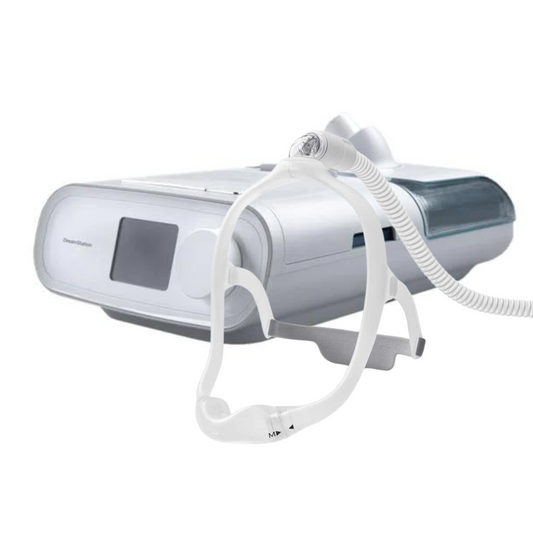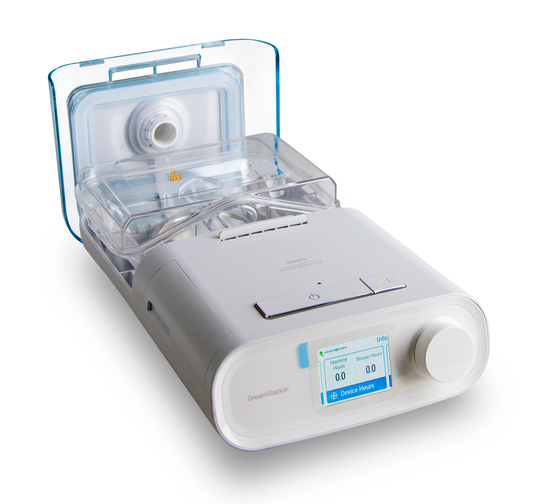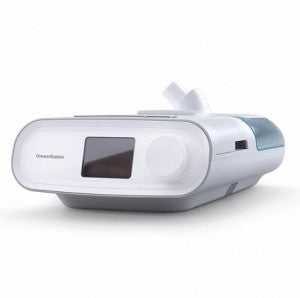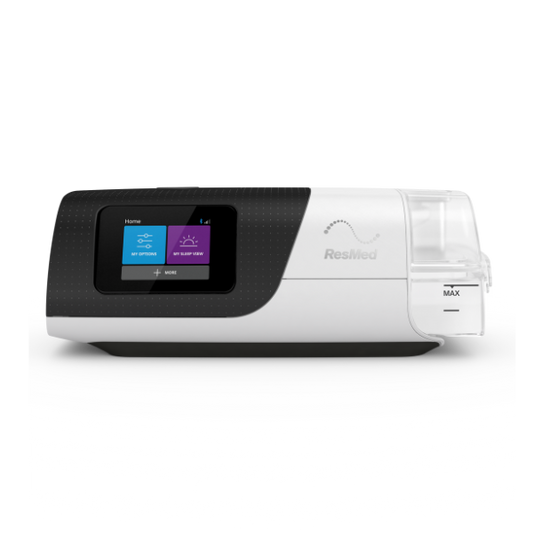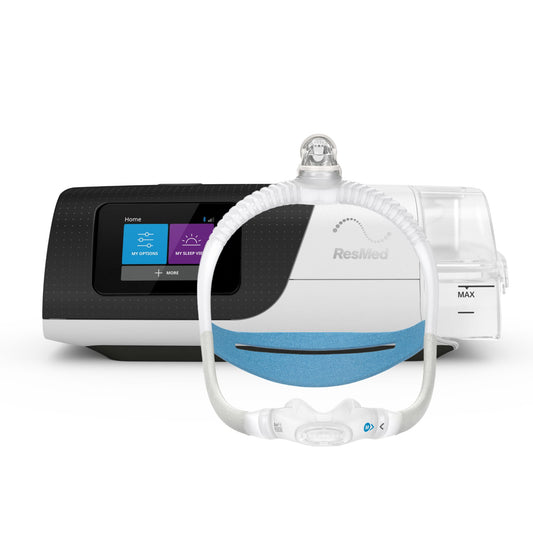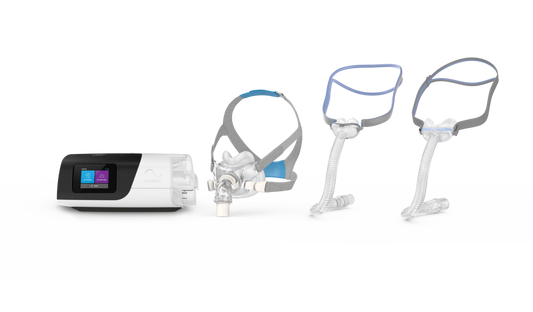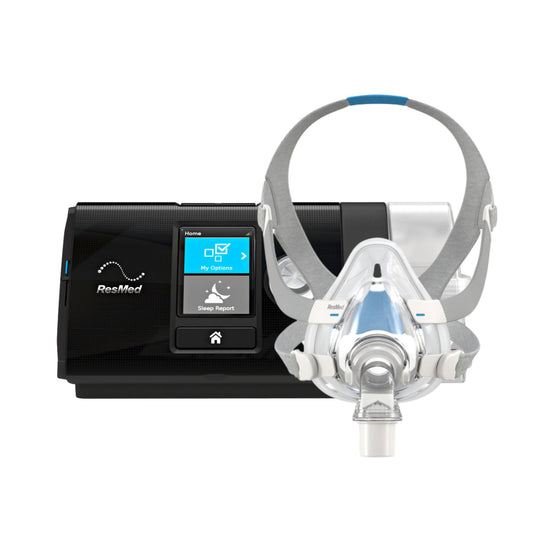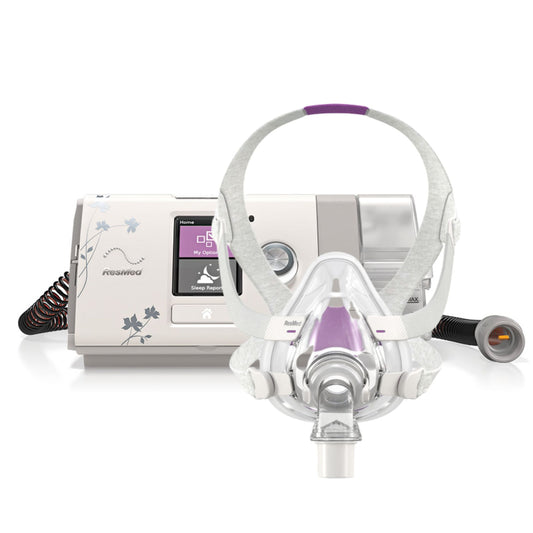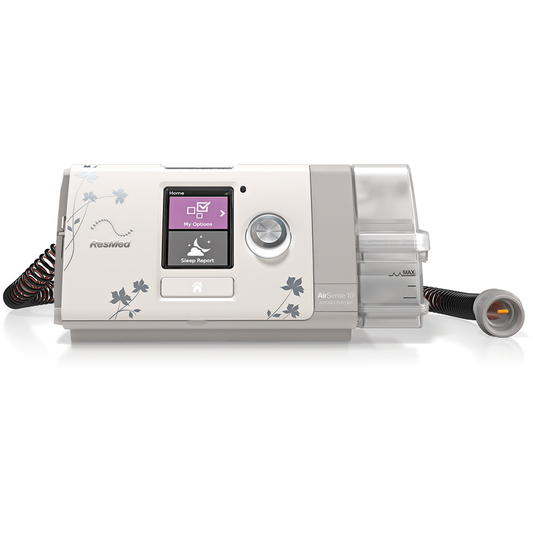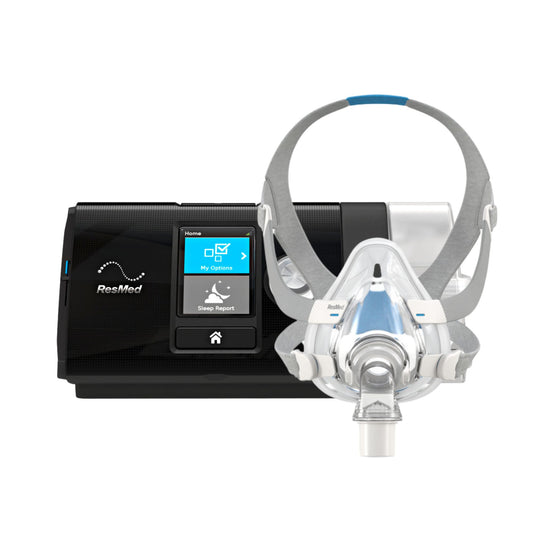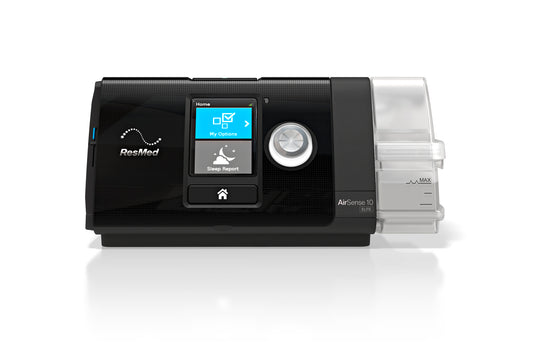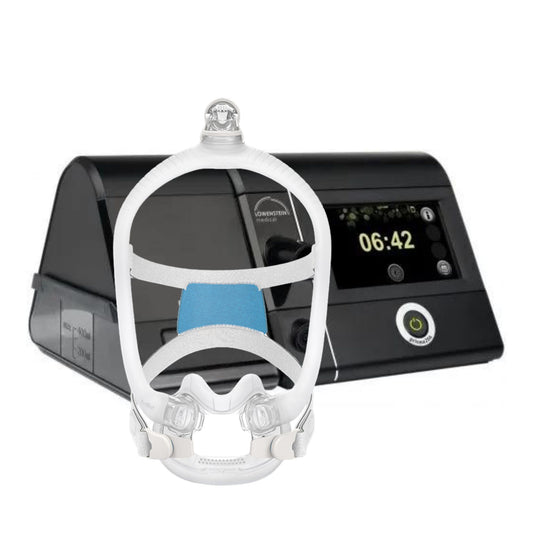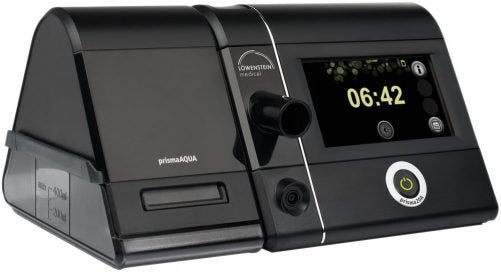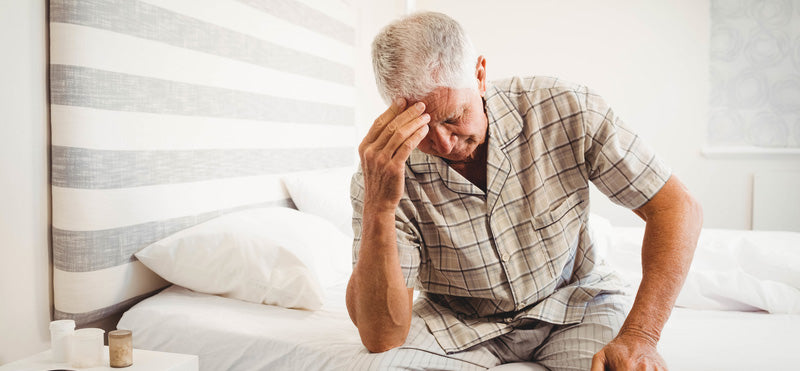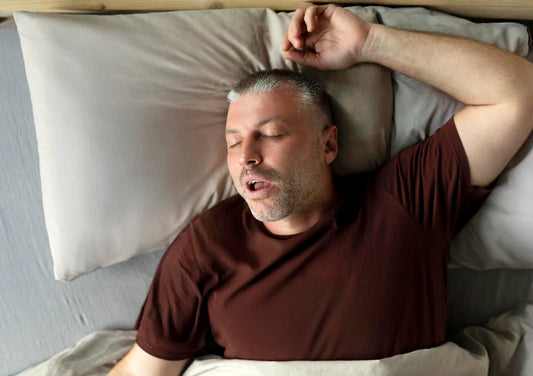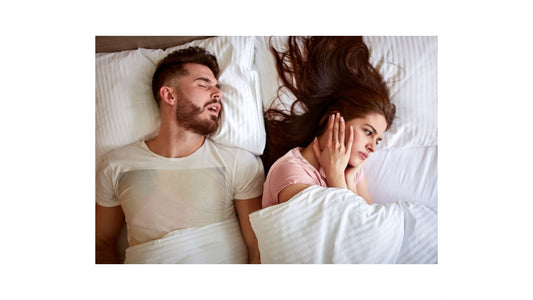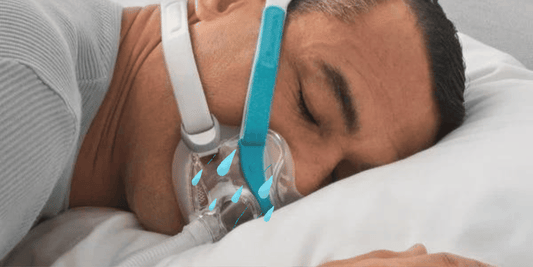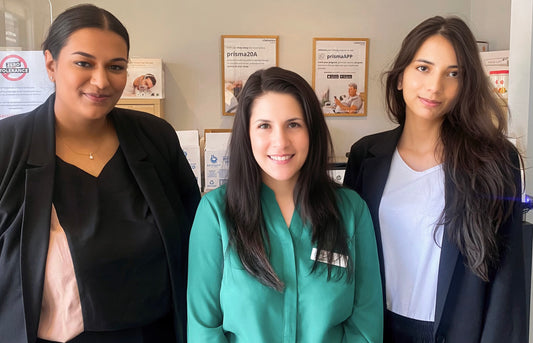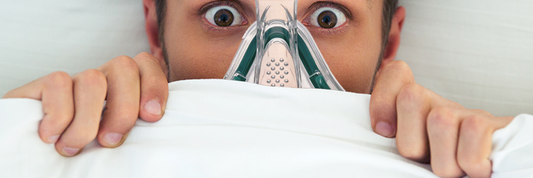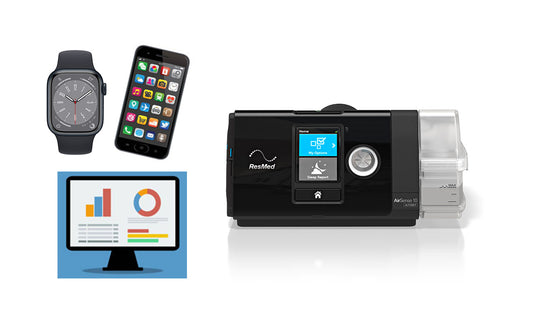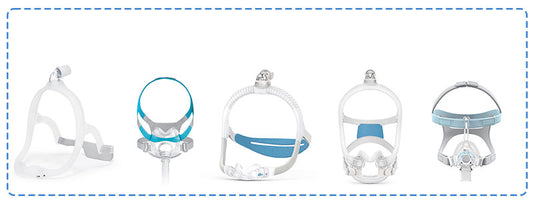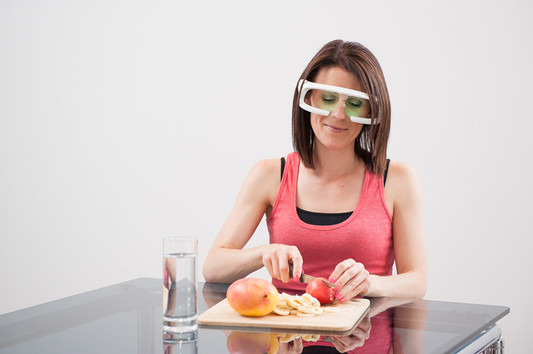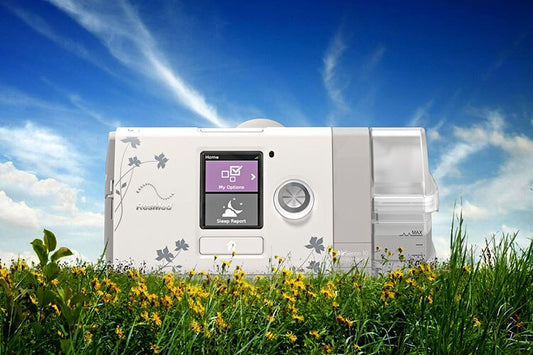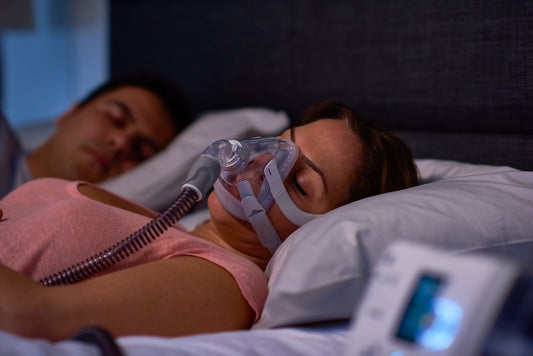Written by ; Cameron Tyler Ph.D and CPAP Consultant
As you fall asleep, the muscles in your throat and upper airways can relax so much that your airways can partially or completely close. This can lead to snoring or even an obstructive sleep apnoea- an episode of choking. This choking or sleep apnoea can happen up to hundreds of times an hour, leading to a poor quality of sleep and exhaustion on waking. Continuous Positive Airway Pressure (CPAP) therapy is the gold standard treatment for sleep apnoea. The CPAP machine and mask provide a gentle positive airway pressure which keeps your throat and upper airways open during sleep, allowing users to have an uninterrupted great quality sleep and to wake feeling refreshed.
While many people take to CPAP therapy easily, others do struggle to get used to the CPAP machine and mask and this can lead to low levels of use or a failure to get the full benefits from the therapy. If you are a CPAP user who is still struggling to get used to using a CPAP mask and machine, what can you do?
There are a number of different reasons that some people take longer than others to get comfortable with their CPAP therapy. One of the most significant issues that can make it difficult to fall asleep easily when using CPAP therapy is the lack of comfort with the mask. If this is the case for you, check with one of our consultants and let them know exactly what it is that causes the discomfort. They will be able to suggest a mask that may be a good solution. Is it soreness on the ridge of the nose? the volume of air being vented? or the obstructive feeling arising from wearing the mask? If it is the obtrusive bulkiness of the mask that is keeping you awake, switching to a nasal mask may be a good solution, provided you breathe easily through your nose at night. A nasal mask can be less obtrusive and much easier to get used to than a full-face mask. They also have less mask to face contact area, reducing the likelihood of mask air leak. Many of the newer masks such as the ResMed n30i, the Philips DreamWear UTN, or the Fisher & Paykel Evora are designed to sit just under your nose instead of enclosing your nose like the older masks. For those people troubled by soreness on the ridge of the nose caused by the older style of mask, these under the nose (or utn) masks can provide a much more comfortable therapy.
A noisy machine or mask can be another reason why some people take longer than others to get used to CPAP therapy. A CPAP machine is not silent. However, when working properly the newer CPAP machines and masks should be largely quiet. One of the biggest causes of CPAP related noise is air leaking from the mask. When the seal between your face and the mask is broken, air leaks out and this can give you the sense that the machine is ‘blowing a gale’ and sounding like a gale too! Often CPAP users will want to reduce the pressure of their machine to solve this problem. However, simply refitting the mask is usually all that is required. This can eliminate the noisy air leak along with the feeling that the machine is blowing at too high a pressure. This can allow you to easily get back to sleep again. To re-fit your mask, turn the machine off and then on again to return it to a low air pressure. Then pull the mask away from your face and let it fit back on, as the masks are designed to create a seal when the pop back on to the face. Then gently tighten the straps without overtightening, to stop any remaining leak.
Keeping your CPAP machine updated can also help with the ease and comfort of use. Some people found that breathing out against the incoming air delivered by the older CPAP machines could be hard to adjust to. Newer CPAP machines have a feature called expiratory pressure relief (EPR) or Flex that will synchronize the air pressure to your breathing patterns. This allows the air pressure to ease off slightly as you breathe out and return the pressure slightly as you breathe in, making the overall experience more comfortable and easy to adjust used to.
If the pressure of the incoming air continues to cause discomfort and discourage your CPAP use, a BiPap or VPAP machine may provide an even further level of comfort and ease. BiPap and VPAP are two different names for the same type of machine. These are machines that provide variable or bi (two) different levels of air pressure, one for inhalation and another for exhalation. These machines are typically far more comfortable and easier to get used to than a regular CPAP machine. While some BiPap machines are reserved for specific respiratory conditions, others such as the DreamStation BiPap auto or the ResMed Lumis S100 can be used by anyone who usually uses a CPAP machine or has received a regular diagnosis of Obstructive Sleep Apnoea. If the pressure of the air being pumped by your CPAP machine is causing you discomfort and keeping you awake, it may be worth talking with a CPAP consultant about the possibility of using a bi-level VPAP/BiPap machine. A prescrition from a specialist is essential for VPAP/BiPap therapy.
Research has also found that the very initial period of making healthy lifestyle changes can be difficult to get through because the benefits of the healthy change may not yet have become apparent. This is the case from beginning jogging or yoga to dietary change and is also the case with beginning CPAP therapy too. In these situations, positive feedback on your healthy lifestyle change can provide great motivation to continue. For example in some cases, choking episodes or apnoeas could have been happening as many as a hundred times an hour before CPAP use, but drop dramatically to below 5 in the first week of CPAP therapy. This can happen even before you feel the full benefits of CPAP use in terms of improved quality of sleep. So, asking your CPAP consultant to let you know how your apnea levels have reduced during CPAP use can be a great motivator to get through the initial learning period.
If you have tried many of these things and still struggle, in some cases speaking to your sleep physician about temporary use of a sleeping pill to help get off to sleep can be enough, just to get into the habit of CPAP use.
With a little perseverance and help from our CPAP consultants, most people will arrive at a place of comfort and ease in their CPAP therapy. Many of our patients report that after a few weeks of not quite getting used to CPAP therapy, they eventually become so comfortable with their CPAP mask that they wake one morning thinking that they must have taken their mask off, only to discover it is still on! If you are having any difficulty getting the full benefits from your CPAP machine and mask, please don’t hesitate to contact one of our CPAP consultants today!
